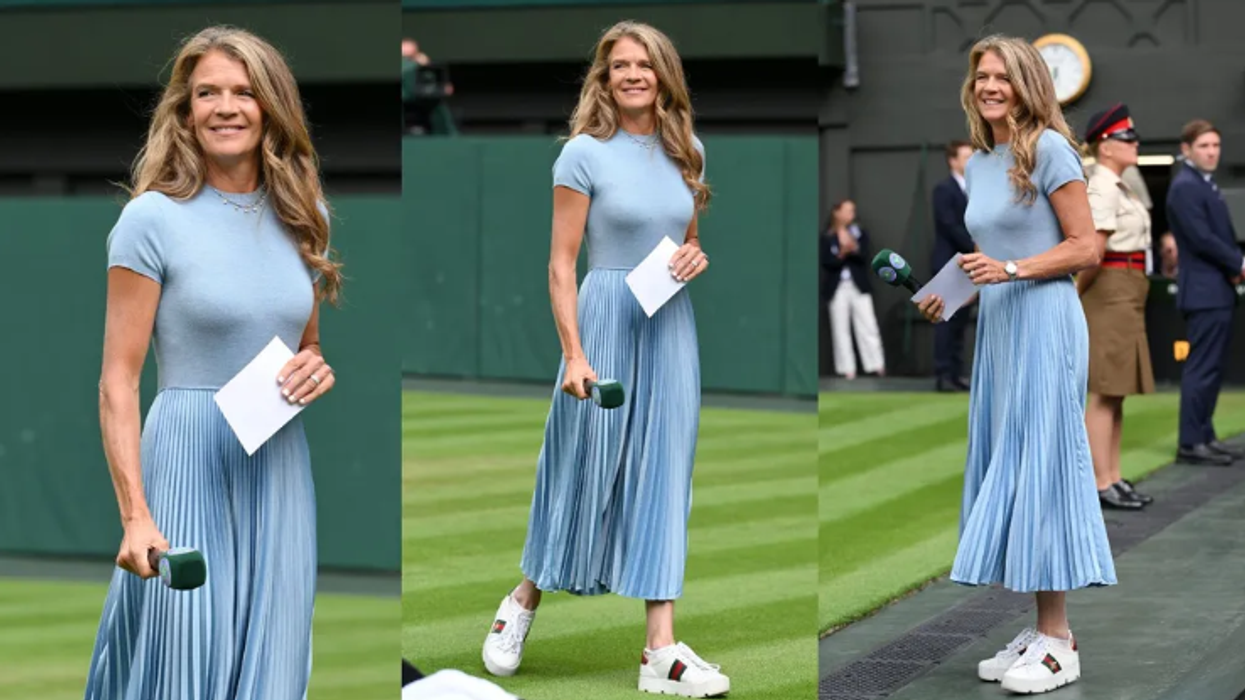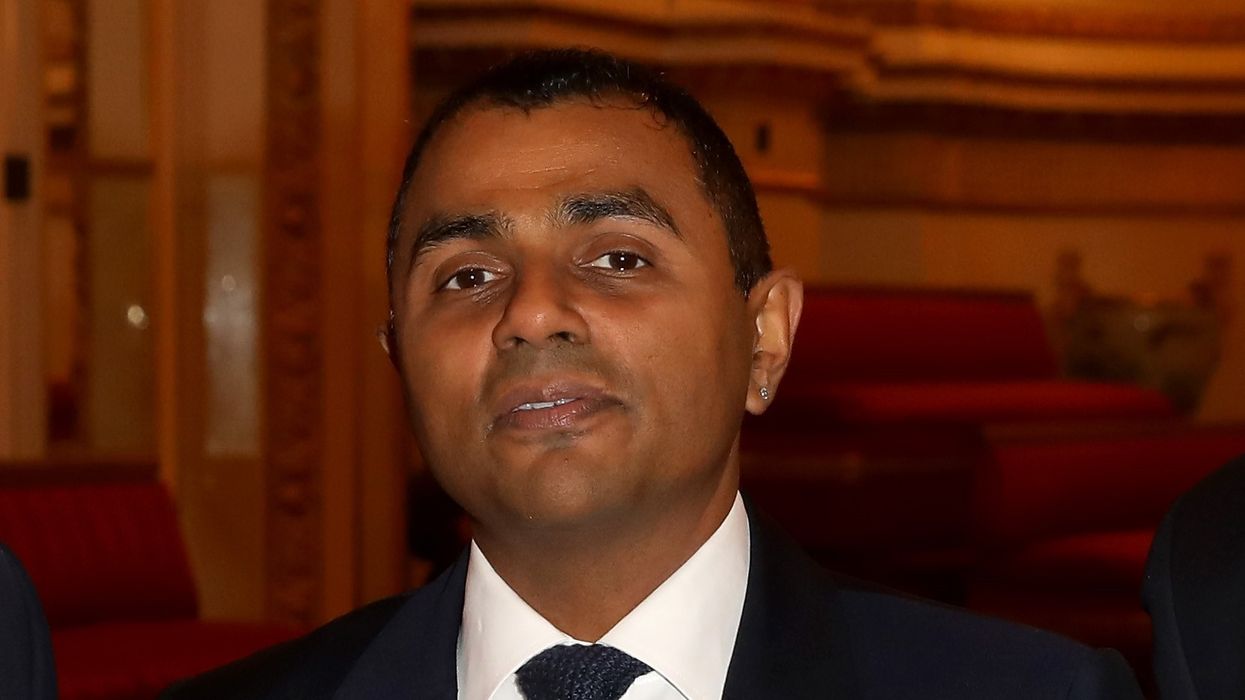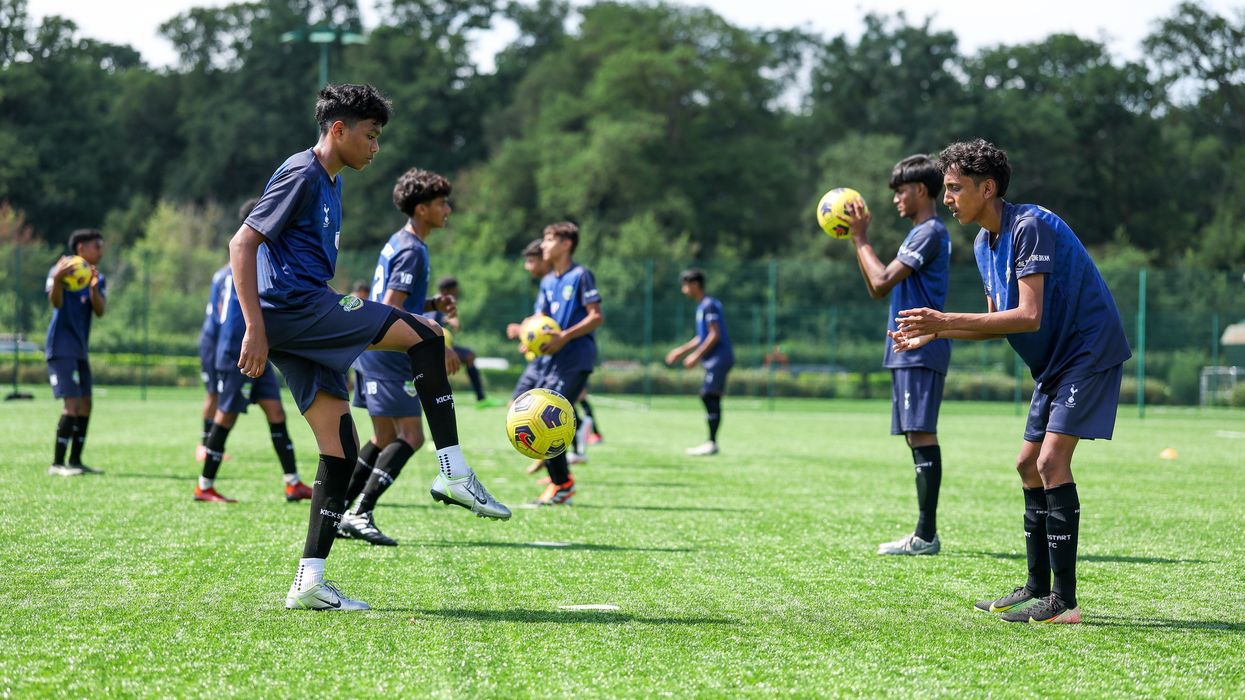By Seema Bowri.
Dishoom! I’m currently playing Bibi in this play. The way Gurpreet Bhatti portrays the subject of disability within this Punjabi family in the 1970s really excited me. I have a
brother with learning difficulties and autism so this play connects with certain memories from my own childhood. There are many great scenes in the play, including when the family go to a wedding and Bibi decides to leave Simon (who is in a wheelchair) at home because she doesn’t want everyone’s ‘pitying eyes’ on her. The scene changes from comedy
to a place, which is very uncomfortable, quickly. This scene touches me every time I play it.
Gabbar Singh: Another moment I really enjoyed in Dishoom! is playing the iconic ‘Gabbar Singh’ from a moment in the film Sholay. Simon imagines those people who challenge
him in the real world as characters from the film during dream sequences. Gabbar Singh is one of my favourite villains because Amjad Khan (having been a theatre actor) played
him with a psychopathic flair that was very unique at the time. I was overjoyed when director Pravesh Kumar asked me to play this scene.
My Country: This play about Brexit was one I felt very privileged to be part of. The National Theatre interviewed people across the UK about their views after the result. As the
representative for East Midlands, it was my job to report the verdict from this region, particularly Leicester, which has a huge Asian community.
Some of the opinions were honest and extreme. I stood on stage and spoke the words of a ‘leaver’- a white British woman who had seen her area in Leicester change from white to
Asian over the years - that she felt like an outsider. The audience reacted in different ways; sometimes shocked, sympathetic or agreeing.
As the mouthpiece and an Asian woman, there were moments in this play that I felt very challenged in the face of the audience.
The Croyden Avengers: This was about three Marvel-like comic heroes, who are asylum seekers, hounded by the media for being outsiders and not welcomed in Britain.
I played the villain, Regina Rump, attempting to frame these heroes while trying to steal their martial art powers. Becoming a ‘superhero’ was the best moment for me because I’d
never had the opportunity before.
Curious Incident of the Dog in the Night-Time: This play adapted from Mark Haddon’s book made me very emotional to watch. I have a son on the autistic spectrum, who is like the main character Christopher, (and the character) finds maths very easy.
Seeing characters on stage who share experiences with oneself is a humbling experience. There were moments, watching Christopher, when I laughed out loud, but also cried deeply.
Calcutta Kosher: Less a moment and more a job that bought me great joy and pride. We have some brilliant British Asian actors who really are at the top of their game.
I was on stage playing a dysfunctional family with the brilliant, Shelley King, Harvey Virdi and Jamilla Massey, a trio who taught me so much about the theatrical craft.
This is a tribute to them and today’s emerging British Asian talent.
Bollywood or Bust...Innit! Back in the late 1990s, I played ‘Ma’ in this Parv Bancil play. One could argue that this opportunity sowed the seeds for playing ‘Bibi’ today (although the characters are very different). Bancil’s ‘Ma’ is a drug-dealing, cocainesnorting
businesswoman who buries her stash in homemade samosas. Playing her back then felt like I was part of a story, which was new and extraordinary. Ma was a woman, audiences
never came across before.
Monkey In The Stars: This book was adapted for stage and based on the Indian epic, Ramayana.
I am a huge fan of children’s theatre as they are the most honest audience one can ever play to.
It was memorable playing princess Sita when I stepped out of the circle, into the arms of the disguised evil king Ravana.
I remember the children screaming out to me to not overstep the boundary and then crying out once Ravana swept me away. A child’s sense of disbelief is very pure and magical to play to.
Blood Wedding: FG Lorca is by far one of my favourite playwrights. I remember reading his poems and plays at university and thinking how I wanted to play so many of Lorca’s
women.
This production, brilliantly directed by Julia Bardsley will live with me for the way the Andalucian heart was captured with colour, music and fantastic movement.
If anyone wants to cast me as the bride, then I am ready.
Overtones: Lastly, this is a play I directed about two women and their inner selves that battle together.
I cast an actor, a dancer and a musician to collectively play one character. I always strive to bring actors, dancers and music together because each form has its own job to do.
Dance and music speak in a way that words cannot. One day, I will direct this play again.
- Seema Bowri is a British actress appearing in Dishoom!, which is currently on a UK tour.
Visit www.rifcotheatre.com















 Charithra Chandran styled her hair in soft curls for the Ralph Lauren outfitInstagram/
Charithra Chandran styled her hair in soft curls for the Ralph Lauren outfitInstagram/ Charithra’s look was inspired by her character Edwina Sharma from BridgertonInstagram/
Charithra’s look was inspired by her character Edwina Sharma from BridgertonInstagram/

